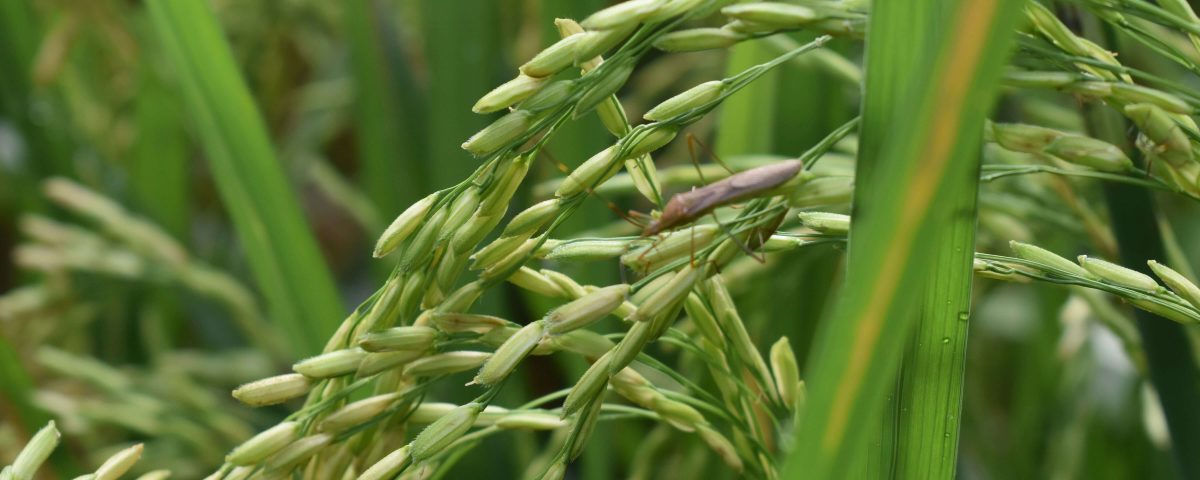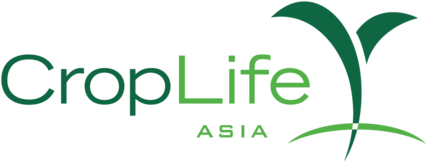Resistance Management

Successful pest management tools increase the evolutionary selection pressure on the pest. Evolution can lead to a reduction in the efficacy of the crop protection tool, which has could impact farm productivity, reliability of production, and, if occurring at a national level, the GDP.
Pest resistance is managed by reducing the selection pressure on life cycles of the pest through the judicious use of genuine registered products, implementation of IPM, and using the Mode of Action classification. This is explained in animations for fungicide, insecticides, and herbicide.
The Resistance Action Committees (RACs) conduct research and agree on classifications to help to manage the risk of pest resistance to fungicides, herbicides, insecticides, and rodenticides.
Resistance management practices require a diversity of tools that must evolve and be flexible. Local agricultural conditions will help define what types of resistance management programs are needed, and they must be continuously reviewed and reconsidered.
